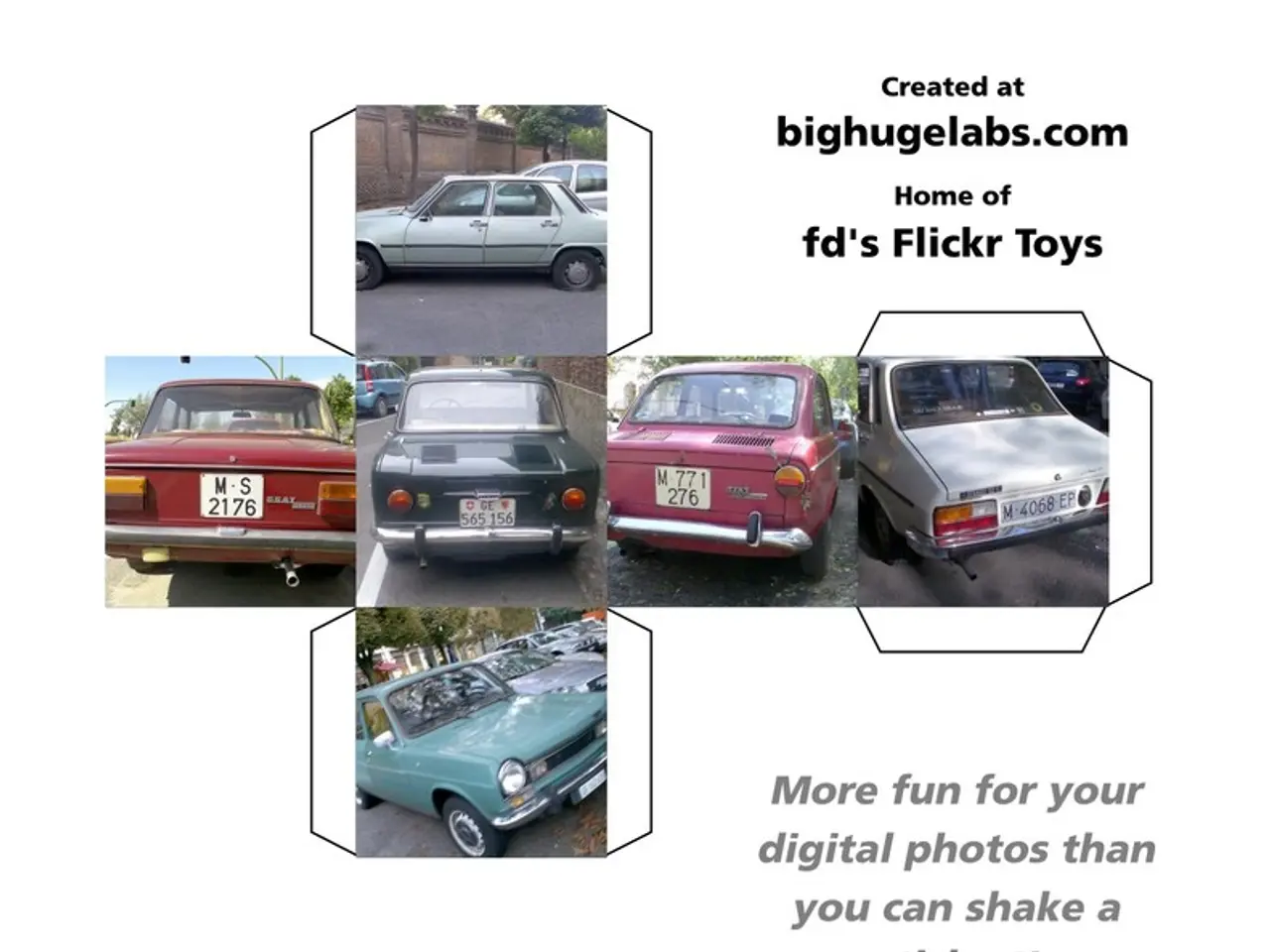Displaying the Most Recent Developments in Car Technology from InCabin and AutoSens
The automotive industry is on the brink of a transformative era, with numerous companies working tirelessly to bring safer, smarter, and more inclusive vehicles to the forefront. From in-cabin sensing to advanced driver assistance systems (ADAS), the journey towards fully autonomous vehicles is well underway, and it's not just confined to prototypes – tangible, deployable technologies are already making their way onto our roads.
Dexerials Corporation is leading the charge with its moth-eye nanofabrication technology. This groundbreaking innovation creates nanostructures that reduce reflection and maximize light transmission, enhancing the accuracy of camera and lidar sensors. This technology promises to revolutionize the performance of camera and sensor systems in challenging lighting conditions, a crucial aspect for the development of ADAS and autonomous vehicles.
In the realm of Driver Monitoring Systems (DMS), OmniVision's OX01N1B global shutter sensor is making waves. With near-infrared quantum efficiency, superior image quality, low power consumption, and a compact design, this sensor provides a cost-effective, high-performance imaging component for mainstream DMS applications.
The vision for the automotive industry extends beyond just monitoring drivers. Companies like rFpro are expanding their virtual testing capabilities to support the development of interior-facing sensors, simulating human movement, posture, and skin appearance. This technology is instrumental in creating more accurate and reliable DMS and in-cabin sensing systems.
Smart Eye's AI ONE driver monitoring system combines camera, sensor, processing hardware, and software into a single compact unit, simplifying vehicle integration. The system has been upgraded to include alcohol impairment detection, driver risk assessment, live road condition alerts, and crash probability scoring.
Companies such as Bloodshot Technologies, Circadia, and KLA Corporation are developing alcohol poisoning detection systems for drivers, offering real-time monitoring, non-invasive sensors, and integration with vehicle safety systems to prevent impaired driving accidents.
In the realm of thermal imaging, SEEK Thermal showcases thermal imaging solutions designed to enhance road safety, particularly under poor visibility conditions like night driving or adverse weather. trinamiX, on the other hand, has demonstrated a biometric imaging system that monitors vital signs like heart rate without physical contact, using near-infrared cameras and eye-safe laser projectors.
Valens Semiconductor's VA7000 MIPI A-PHY-compliant chipsets have been selected by Mobileye to support high-speed sensor-to-compute data links in their EyeQTM6 High automated driving platforms. KD's KD7251, the first optical transceiver compliant with the IEEE Std 802.3cz standard, also supports high-speed in-car connectivity with data rates up to 10 Gb/s.
The ongoing progress in the industry is being showcased through events like AutoSens and InCabin, demonstrating recent developments contributing to the future of road transport. rFpro offers manufacturers a tool to train, test, and refine their sensing algorithms before real-world deployment by developing detailed digital twins of vehicle interiors and modeling in-cabin edge cases. IEE's VitaSense radar system can detect the presence of unattended children inside a vehicle to prevent heatstroke, using sensitive radar instead of cameras to maintain privacy and interior aesthetics.
STMicroelectronics' SafeSense portfolio of automotive-grade CMOS image sensors comply with strict automotive safety standards and support Euro NCAP requirements, ensuring the highest level of occupant safety and comfort in the automotive industry. The commitment to this cause remains unwavering, with a focus on technological advancement and shaping the future of in-cabin safety and comfort.
As the automotive industry continues to evolve, these innovations serve as a testament to the strides being made in creating safer, smarter, and more inclusive vehicles. The future of road transport is exciting, and it's right around the corner.
Read also:
- MRI Scans in Epilepsy Diagnosis: Function and Revealed Findings
- Hematology specialist and anemia treatment: The role of a hematologist in managing anemia conditions
- Enhancing the framework or setup for efficient operation and growth
- Hydroelectric Power Generation Industry Forecasted to Expand to USD 413.3 Billion by 2034, Projected Growth Rate of 5.8% Compound Annual Growth Rate (CAGR)








